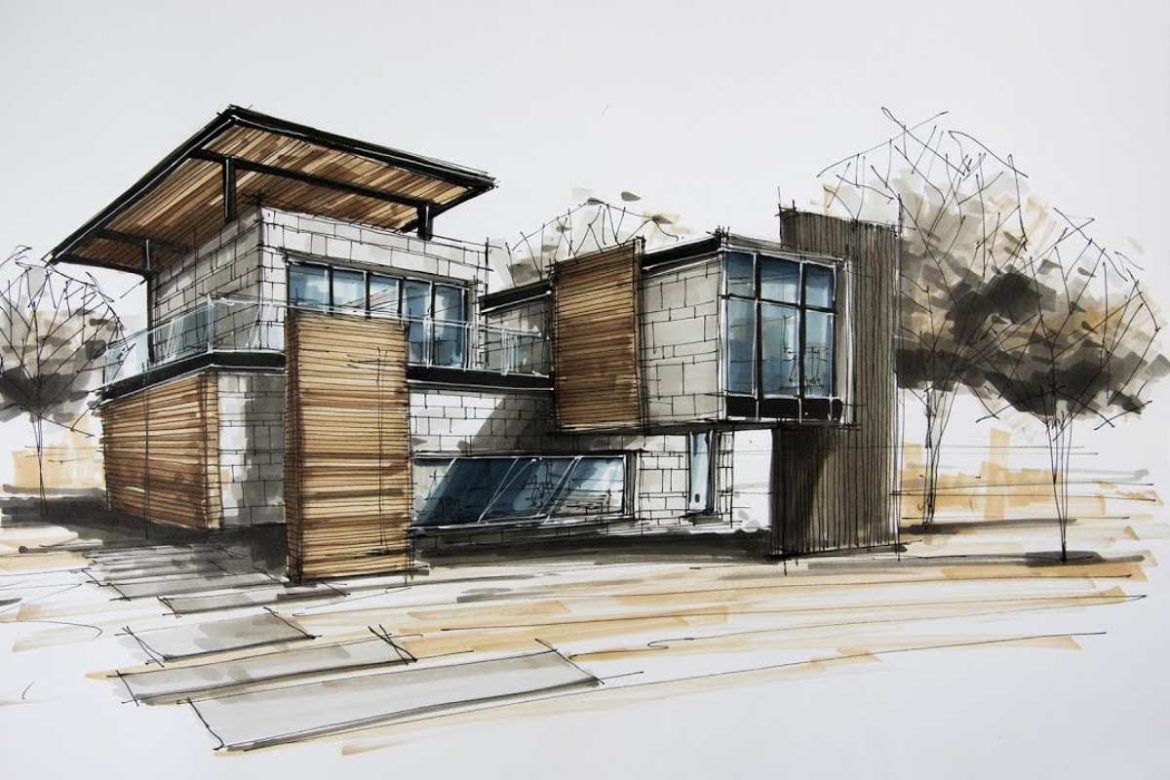Architectural drawing refers to the visualization of architectural concepts. It is the technical drawing of a building (or a building that falls within the definition of architecture). Architectural drawings are often used by architects as a means to develop a design idea and propose it to the client. Furthermore, they become a guide for the construction process. For beginners, understanding this form of drawing might seem daunting, but with this comprehensive guide, we hope to make the process easier and enjoyable.
Just as a musician uses scales to structure their compositions, architects use drawing as the foundation of their craft. It forms part of the initial stage of each architectural project. Here’s how you can start with architectural drawing:
Table of Contents
Why Architectural Drawing is Key
Architectural drawing isn’t about creating beautiful art, but a means of technical communication. It helps architects to:
Clarify their Thoughts
It becomes easier to diagnose issues and come up with solutions when we see our thoughts on paper.
Share their Vision
When it comes to explaining design concepts to clients, there’s nothing more effective than a visualization of the idea.
Guide the Construction Process
Once the design is approved, the architectural drawings become a reference point for builders.
In the fourth paragraph where we delve deeper, we introduce and explain architectural drawing services for beginners, and illuminate how they make the job of architectural drawing easier and more efficient.
Basics to Start With
Starting a journey in architectural drawing necessitates the understanding of some basic elements. These foundational concepts are the springboard from which your knowledge develops:
Types of Architectural Drawings
People should familiarize themselves with the various forms of architectural drawings. These include floor plans, elevation views, cross-section drawings, and detail drawings. Each type has a specific purpose and provides unique information which collectively makes your design clear and understandable.
Drawing Techniques
Beginners must study the fundamentals of sketching. Key knowledge areas include line work, perspective, depth, light and shadow, and tonal gradation. Besides learning the techniques, understanding their application and how they can help articulate your design ideas more effectively.
Tools and Materials
Tradition embraces modernity in the case of architectural drawing tools. Architects historically used pen and paper for drafts, but in the present, the repertoire has expanded to include digital tools like AutoCAD, Rhino, and SketchUp. These two-dimensional and three-dimensional design software provide a broader scope for imagining and realizing your designs.
After incorporating these basics into your learning, you’ll soon discover that the architectural drawing process becomes more comprehensible and rewarding. And yes, it’s important to note that practice makes perfect. You should never discard the value of consistency and discipline in mastering these critical skills. Getting comfortable with each element enhances your efficiency and overall performance.
As we approach the end and before we wrap up, we would like to introduce SketchUp services. This is a fantastic tool for beginners who want to venture into architectural drawing since it’s beginner-friendly and has a wide range of features to turn your ideas into reality.
The Architect’s Journey
As beginners undertaking the journey of architectural drawing, you need to respect the importance of patience and commitment. Results may be slow initially, but as you keep practicing, you’ll improve over time. Moreover, architectural drawing is an ever-evolving process, and you should remain open to continuing learning throughout your career.
Keep pushing your limits. Your drawing skillscape will ultimately become an extension of yourself.
Conclusion
Architectural drawing, with its intricacies and attention to detail, might seem daunting initially. However, by starting with the right foundation and consistently practising, it becomes an exciting and rewarding journey. You have within you the power to communicate your architectural vision. So, start sketching and allow your ideas to have a life on paper. We hope this guide forms an indispensable beacon to start your journey of architectural drawing.



